TMW #123 | The contentification of everything
Welcome to The Martech Weekly, where every week I review some of the most interesting ideas, research, and latest news. I look to where the industry is going and what you should be paying attention to.
👋 Get TMW every Sunday
TMW is the fastest and easiest way to stay ahead of the Martech industry. Sign up to get the full version delivered every Sunday for this and every TMW, along with an invite to the TMW community. Learn more here.
The contentification of everything
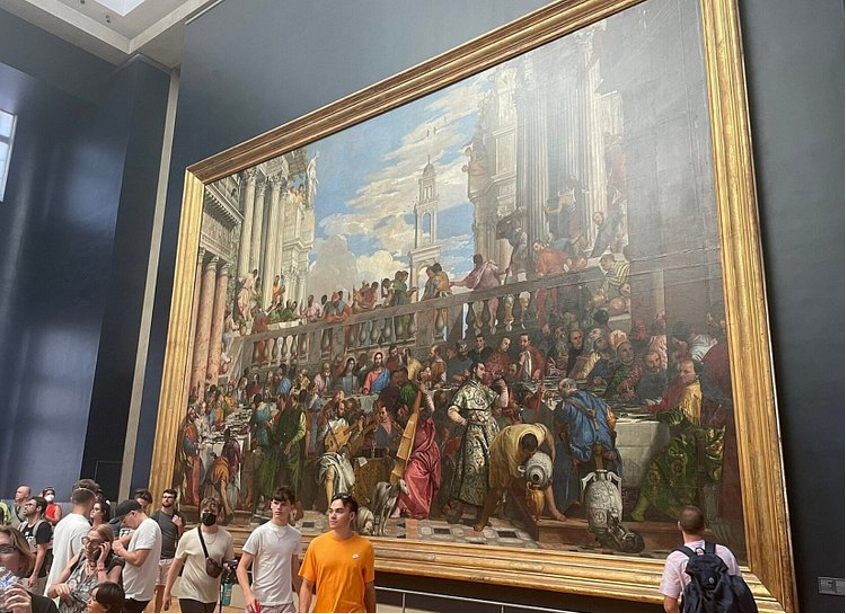
I visited the Louvre for the first time a few months ago while I was in Paris. There I was walking the halls, ducking in between the crowds and taking in some of the oldest surviving artworks in the world. But it was this painting called “The Wedding at Cana” from 16th-century artist Paolo Veronese that really stood out to me because of its gigantic size and intricate detail.
If you were living in 16th-century Venice when this painting was created, would you look at it and say that Veronese is an incredible content creator?
The answer clearly is no. You would marvel at a feat of human creativity and ingenuity and call Veronese a masterful artist, a creative visionary, and a highly skilled painter. But you wouldn’t call him a content creator.
This essay is about creativity in marketing, and how marketers have dulled their senses to the point that everything is becoming an insufferable stream of nonsense. Another word for this is the contentification of everything – the pervasive, all-encompassing trend towards using content to describe everything from a DJ set in Nairobi, viral prank videos, intricately written prose, deeply thoughtful essays, and artistic projects of every shape and size.
One of the things the internet is doing to our media consumption is rolling up many formats of creative expression into a singular point of view. Through the viewfinder of a Twitter newsfeed, a TikTok video stream or the pane of a YouTube viewfinder, our understanding of human creativity is being compressed into a single word. And it’s damaging our appreciation of and ability to value genuinely creative work in the marketing department.
A starting point to understanding this phenomenon is from a generational standpoint. What does the next generation think? Young people want to become content creators more than anything else. Film funny YouTube videos and TikToks all day with your friends, get paid millions in sponsorships and be adored by legions of fans. Sounds like fun, right? Even though the internet has brought us entirely new career paths, kids are increasingly obsessed with creating content for attention. It’s the entire premise of why TikTok is so successful. People will do close to anything for a shot at gaining attention from complete strangers. But there’s a problem with this.
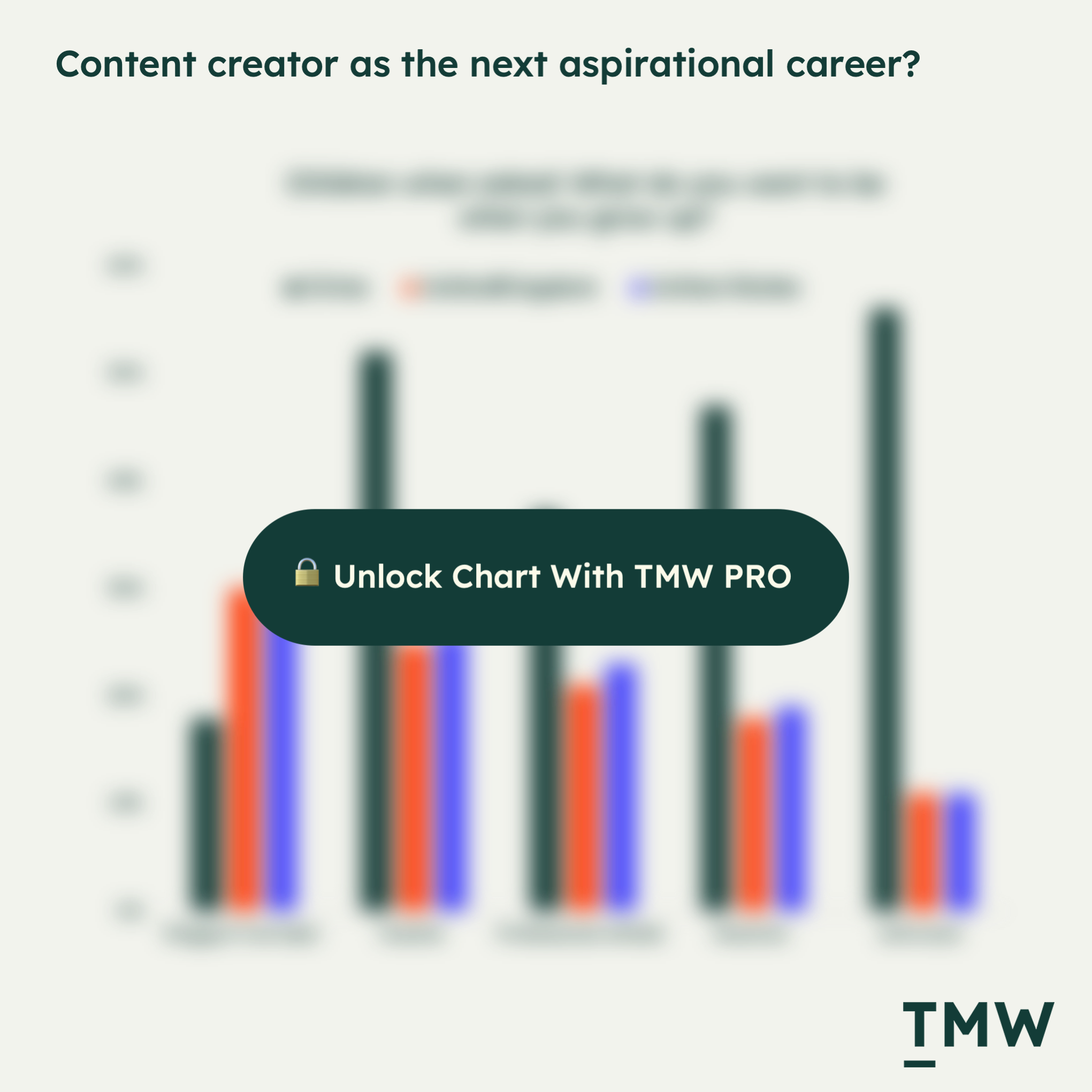
One of these problems is the memefication of online discourse and creativity. Don’t get me wrong, I’m a fan of posting the occasional meme. But what memes do is they compress meaning into a single image, which has a forcing function on how people approach creativity. Why put any effort into something beautiful or inspiring when you could gain more attention through a few words slapped on a Sad Keanu meme?
What this does is it creates an interesting trade-off when it comes to approaching content creation. Do I want something to be seen vs do I want to create something important are two very different questions. And this generation of teenagers seems to be vying for the former over the latter. Young people are increasingly communicating through the medium of memes to get their point across and express themselves.
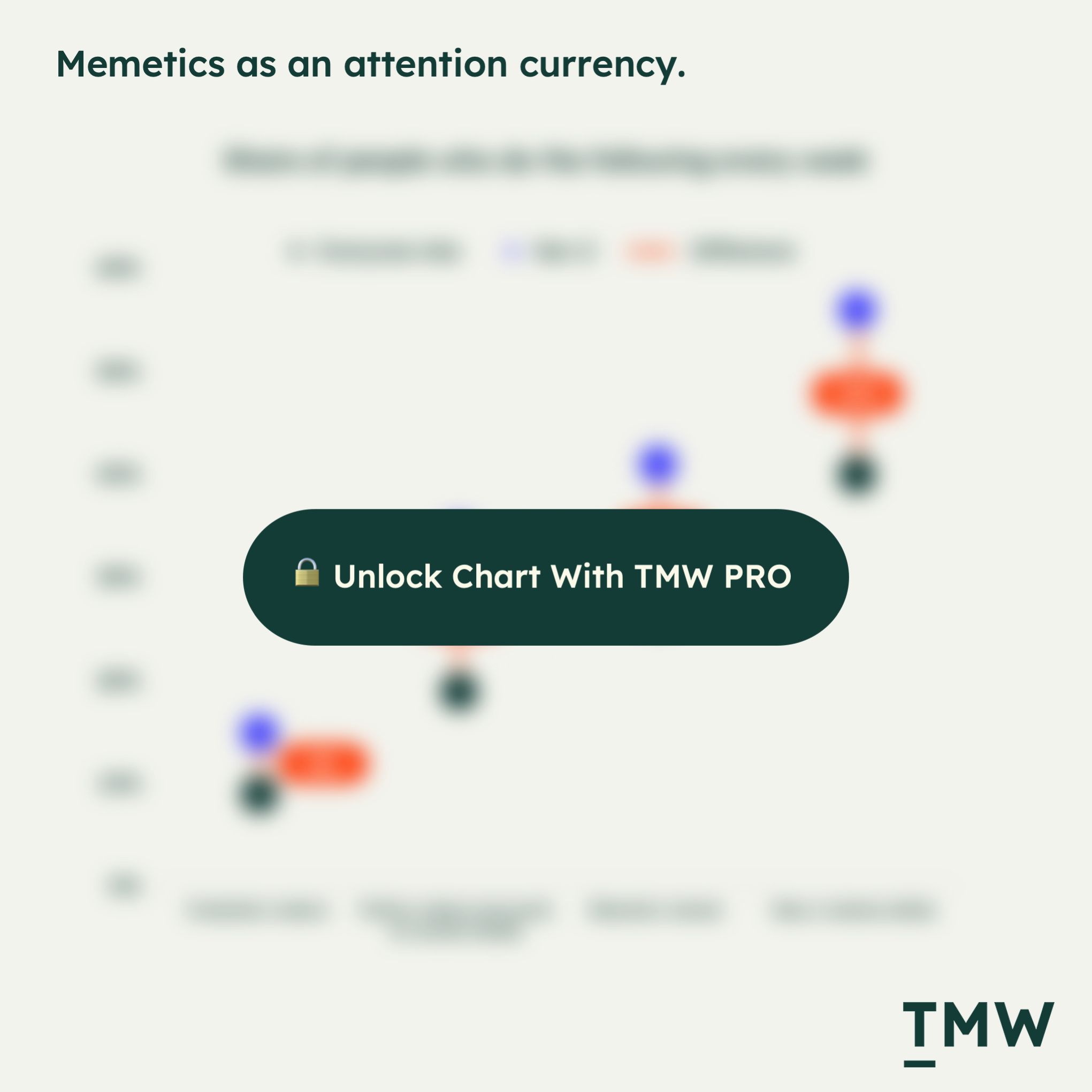
Serving the lizard brain
Young people look upon popular Youtuber MrBeast’s wild success and see a young guy who was able to build a huge following by tuning his creative output to a black box algorithm. They see this kind of creativity as something worth aspiring to. This is one part of the content problem: optimizing for algorithms tends to create content that looks like this. It’s the closest parallel to junk food for the mind that I can think of.
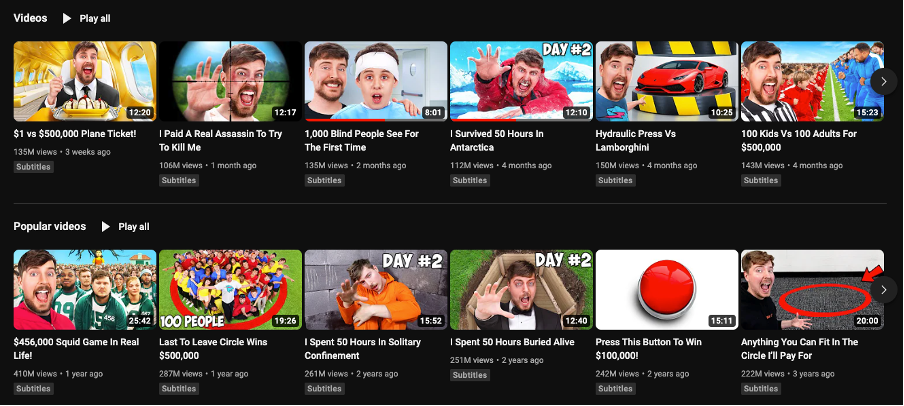
Another example is Dylan Mulvaney, a former non-binary stage actor of The Book of Mormon fame, Mulvaney is now a transgender woman with 10 million TikTok followers and a huge amount of highly lucrative brand sponsorships, exemplifying yet another person young people aspire to be. And if you check out Mulvaney’s TikTok profile it’s pretty clear there’s a goal here to amass a huge audience on the premise of live posting a gender transition.
Of course, gender dysphoria is a serious issue. But Mulvaney saw an opportunity to exploit a hot-button topic for engagement. And there’s nothing more polarizing right now than transgender topics. Social media is a rage machine, and whoever feeds it with the most polarizing, conflict-laden content gets to win the attention lottery. Andrew Sullivan pierces the pretense of Mulvaney’s social presence well on The Weekly Dish:
“There is, in fact, a perfect word to describe Dylan Mulvaney. She isn’t trans or queer or subversive so much as a minstrel. She’s performing a deeply misogynistic version of a Disney princess for an audience that is uncomfortable with actual transgender people whose appearance is not monetizable and whose lives are more than gay parodies of blonde ditzes. But minstrelsy has always been lucrative — and I don’t fault Dylan for seeing an opening here, and succeeding beyond what must have been his/her wildest dreams.”
This is a content creator who is creating more than content: for the executives at Bud Light, Mulvaney’s sponsorship is creating quite a headache since their brand endorsement didn’t go as planned. Bud Light’s misplaced venture into this topic was motivated by “resonating with the youths” to drive brand engagement. But it ended up doing a lot more damage. It doesn’t matter what Mulvaney’s personal journey is; what matters is that this person has a huge TikTok following through posting controversial content. And young people seem to like it.
This is the problem with internet culture. Using everything as a format for content production is infecting every single avenue of human creativity. This is how we ended up with MrBeast curing kids of their blindness for YouTube views or someone wanting to share a daily update on their deeply personal experience of gender transition. This is how we also ended up with Jordan Peterson, Andrew Tate, Tucker Carlson, Donald Trump and Elon Musk dominating online discourse. We don’t have artists, musicians, or authors. We have content creators. And content creators exist to feed hungry algorithms.
This is the cultural shift that is transforming how brands and marketers think about creativity in the constant effort for human attention and relevance. What MrBeast, Mulvaney, and others are teaching us is that genuine creativity doesn’t matter. Just feed the algorithm and appeal to our lizard brains – the seat of our emotions and impulses. The flattening of a wide variety of creative expressions into content on the internet also flattened our ability to appreciate it. Everything looks the same in the scroll.
Goosebumps, not dopamine
Instead of seeing content as a way to give someone a dopamine rush, it should give the end recipient goosebumps. The feel-good chemical we get from pleasurable activities is dopamine, and social media can’t work without it. It’s the reason why you check your notifications multiple times a day, or why you feel something when a friend likes or comments on one of your posts. It’s the reason why so much content online is designed to shock, make you laugh, or stir up controversy. It unleashes dopamine.
But when you experience something that gives you goosebumps, it’s entirely unique: Like when I was standing in front of the Wedding in Cana, enamored by something beautiful, creative, intricate, and delightful. Something that took years to painstakingly create. Something designed not for attention, but for the pursuit of creativity itself.
What I see with a lot of marketing technology companies is a focus on dopamine. There are very few that are doing the kind of long-lasting, brand-building activities that lend themselves to risky, yet creative and unique, forms of marketing. Most of it is stuff like “learn how we drove a 100x uplift in revenue.” Or an email marketing company saying something like: “From our latest report, the majority of marketers agree that email marketing drives the most revenue for them.” Like c’mon. B2B doesn’t need to stand for Boring to Banal.
To illustrate this point: here’s what Coca Cola looks like if it marketed itself as a B2B brand.
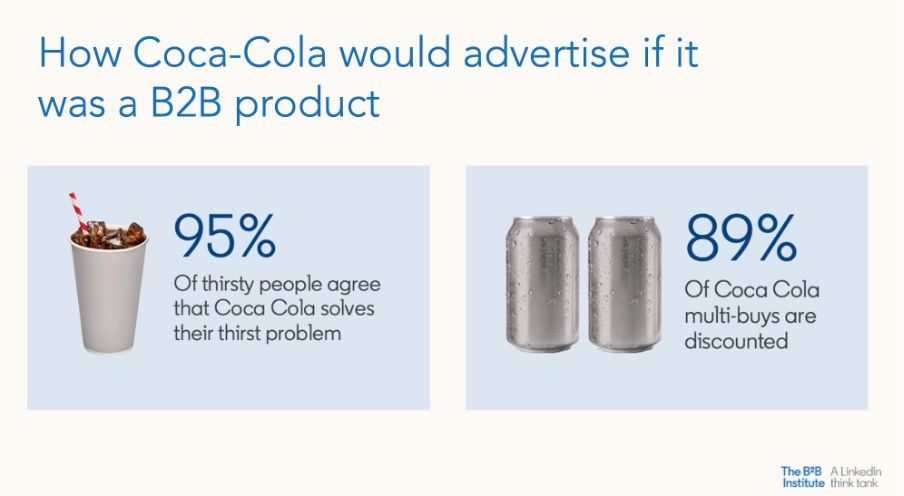
It’s so boring it could bring you to tears. But for people looking to keep their jobs, impress their boss or meet some kind of revenue goal, it’s exciting stuff. It’s dopamine content. But what it does is pigeonhole companies into a specific tactical mindset with their consumers. “This is the company that can 100x my revenue” is different from “This is a company that is transforming how brands turn people into customers.” It’s a small shift in thinking that makes all the difference.
You can optimize for dopamine or short-term tactical messages. Or you can build a long-term brand based on a vision. Salesforce is a good example of this.
Despite Marc Benioff’s many setbacks at Salesforce, from day one, he built an aspirational brand around bringing cloud-based tools to salespeople and marketers. He later transitioned to creating Trailblazers: a brand that champions the people who have built successful careers on top of the Salesforce platform. As I argued in TMW #111, this has been a hugely successful pillar of Salesforce’s strategy:
“If anything, Salesforce turned boring software education into a corporate luxury product. Want to get headhunted for lucrative new roles? Or a seat on the board? Then you better suit up into one of those Trailblazer hoodies and get cracking on those short courses. Because of this, Trailhead has been an undeniable success story. There are now more than 1.8 million in the learning program, with its Dreamforce attendees reaching 171,000 people at its peak with 16 million viewers.”
Salesforce is still saying they can deliver results. And they publish a lot of case studies that are about as exciting as that Coca-Cola ad. But that’s why Matthew McConaughey is literally advising Benioff. It’s the crowd you’re in that matters, and for Salesforce, aligning with celebrities and luxury brands like Mercedes Benz creates status and builds the brand with an aspiration message.
This is what’s missing in our discourse about online content and media. Most marketers working in tech lack taste and sensibility. As MrBeast has often said about his own strategy, everything is funneled into a tactical viewpoint for a data-driven goal, which is how many and how long people engage with his videos. Building a tech company based on a strong vision of how your category should work and consistently and creatively presenting that is harder to measure. You have to have the courage to stick to your guns over a long-time horizon. And no marketer seems to have the time for that.
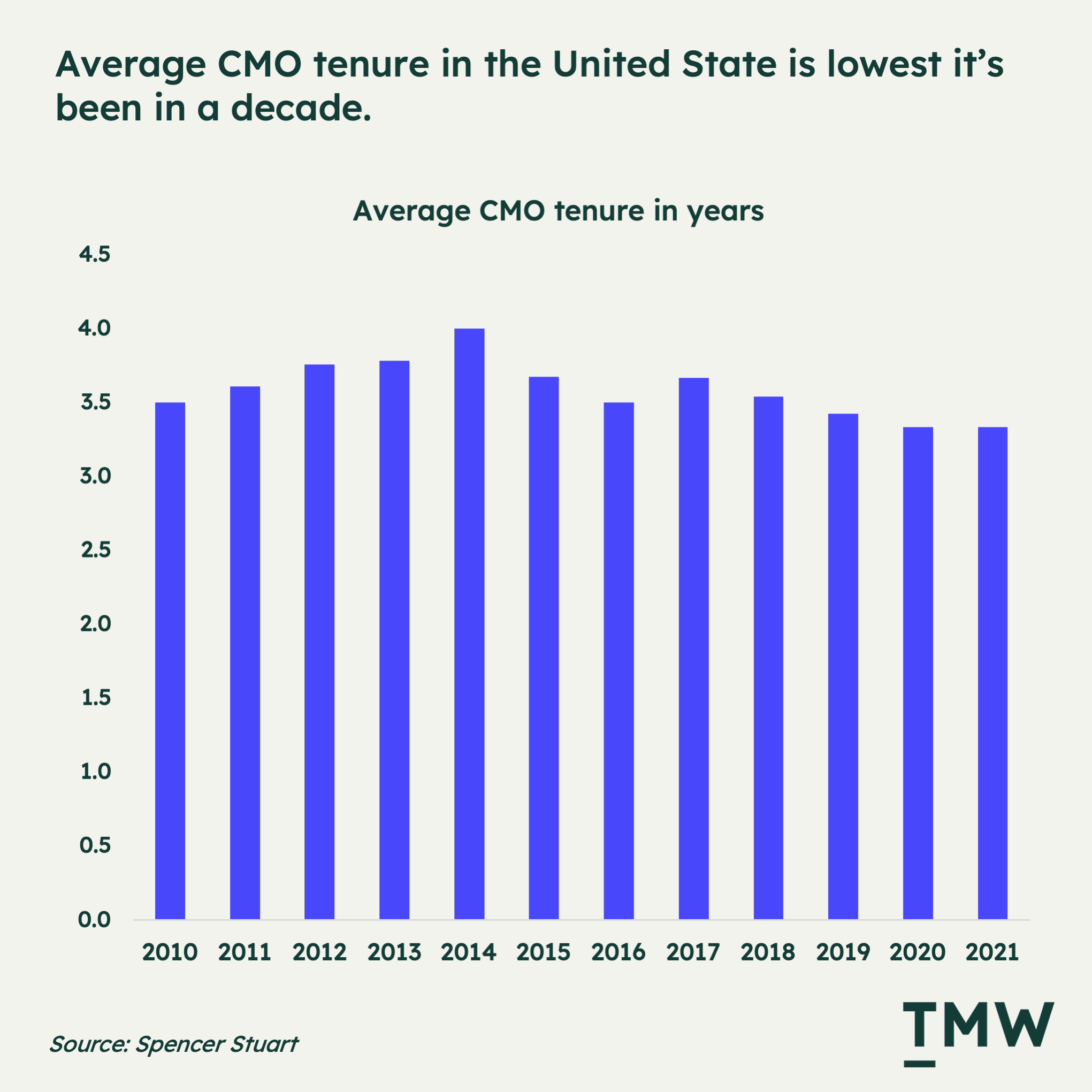
Swimming in the content sewers
While MrBeast might be very successful today, like Tucker Carlson, Trump and Mulvaney, these celebrities are not creating anything of lasting importance. It’s literally just a runoff of cultural transgression, viral memes, and cringe posting in an endless grab for online attention.
Flattening everything into content devalues and dehumanizes our creative talents. And with the advent of AI, this becomes a multiplying effect. For example, Twitter influencer Trung Pham hilariously pointed out this week that by searching Amazon listings you will find dozens of unedited product reviews written by ChatGPT, an AI large language model.

What started as a stream of junk, nonsense, and conflict-stoking content on the internet is about to turn into a wide-open sewer as content gets cheaper to create. AI-produced music is already doing this. A derivative and lifeless Drake collaboration with The Weeknd – all created with AI – is just more trash to wade through. Because it’s not created by humans, there’s going to be more ruthless optimization for algorithmic goals with this type of content – something that becomes an unsustainable situation for consumers. For example; a newly launched site, Aihits.co, is now ranking AI-generated songs through people streaming them on their website and has already hit over a million streams from just its top 10 tracks. This is just a slice of the influence these AI songs are creating outside of the countless TikTok videos, Twitter posts, and media coverage reaching millions more.
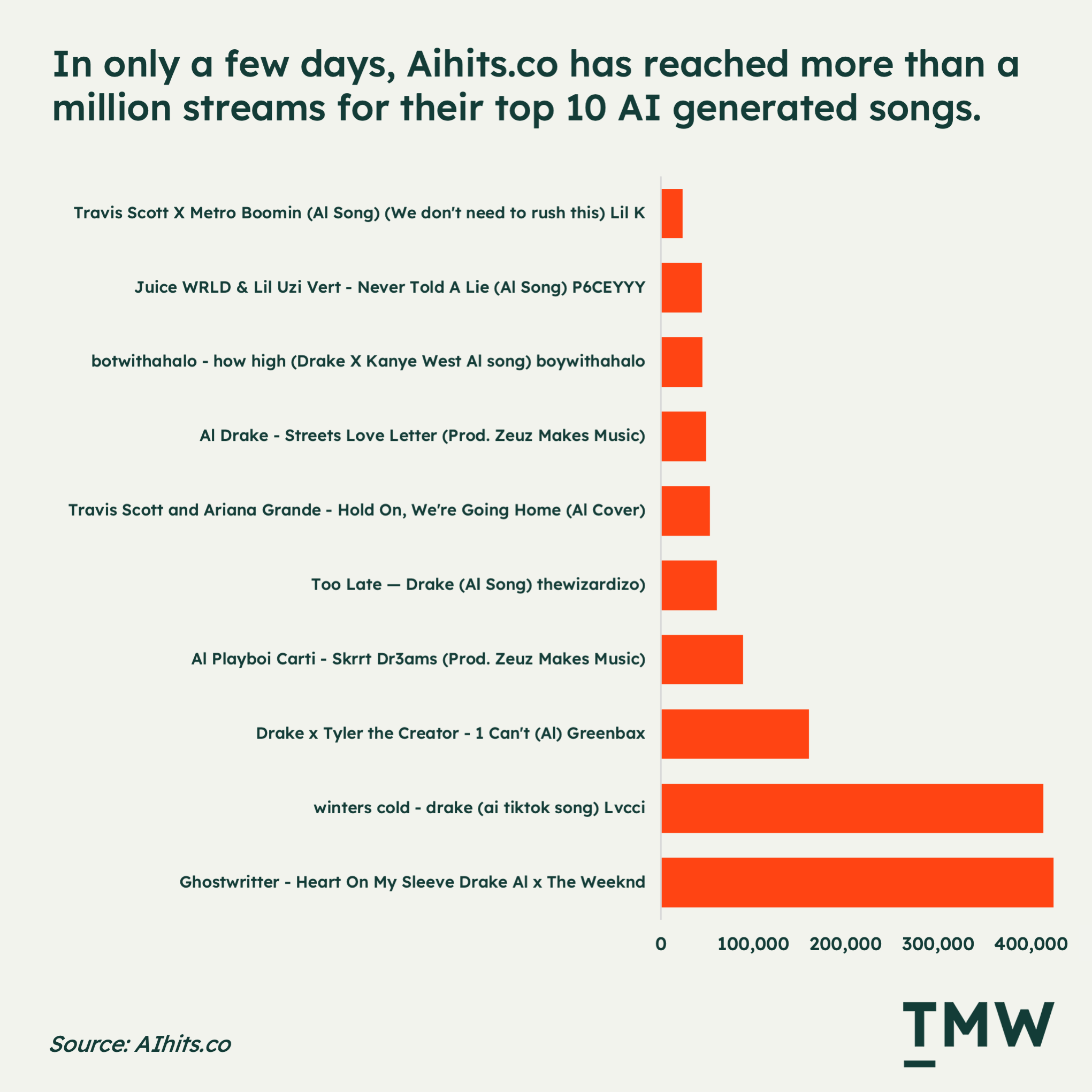
Even though the generative AI hype cycle is spinning at lightning speed with these kinds of examples, what I think it will do is separate the sophisticated from the stupid. What we’ll increasingly see are people who prefer to fix their attention to a mindless content feed, and those who will prefer to go to an art gallery to feel something.
The internet shifted the value of content from legacy publishers that go to great lengths to produce TV shows, books, and movies, to people just preferring to scroll an endless stream of user-generated runoff. Will the same thing happen with AI, where the fake will be preferred over the authentic? It’s possible.
Legacy matters
Usually, social groups are seen through race, gender, and economic status. But what I think will happen with the advent of AI and a generational shift into seeing literally all of our human output as merely “content” is that it will create a new kind of social status. Those who think, create, and consume independently and those who allow the algorithms to flood their attention constantly. One will create a new kind of premium content as the new aristocrats. The other will become the commodity to fuel ad-driven networks with content and attention that is successful in capturing attention but has no long-lasting importance.
Benedict Evans recently suggested in a commentary in his newsletter about BuzzFeed laying off their news department that in the age of user-generated content, news media is kind of like broccoli:
“I always describe Mark Zuckerberg as surfing user behaviour: he doesn’t really decide where it goes or how people want to feel. He can make products that he thinks might capture where things are going, and try to channel it in new ways, but (to switch metaphors) he’s riding a tiger. So Facebook pushed into news (and, notoriously, the ‘pivot to video’), but then it moved on, because it had to keep following the users. A platform that’s based on capturing, reflecting and expressing user wants and needs cannot make you eat your broccoli.”
This is, of course, what happened to BuzzFeed. The company’s strategy was to appeal to the lizard brain while its news department was serving up broccoli. The business model was misaligned with the subject matter, and there’s very little BuzzFeed News did that was of lasting importance. They didn’t choose a path, tried to do both, and it didn’t work. In contrast, the New York Times and Wall Street Journal attract the sophisticated individual who wants to pay to be informed. Its advertising client list is not folks selling fidget spinners or Viagra pills either. They are luxury brands. They’ve aligned themselves with the aristocrats – the people who are not captive to the algorithm (yet).
We’re starting to see this rebound already. Internet-native media companies are on the way out, while legacy brands that focus on quality and value are on the rise. It turns out that in the long run, brand matters over tactics, and tying your business model to ever-shifting algorithms is not a sound business strategy.
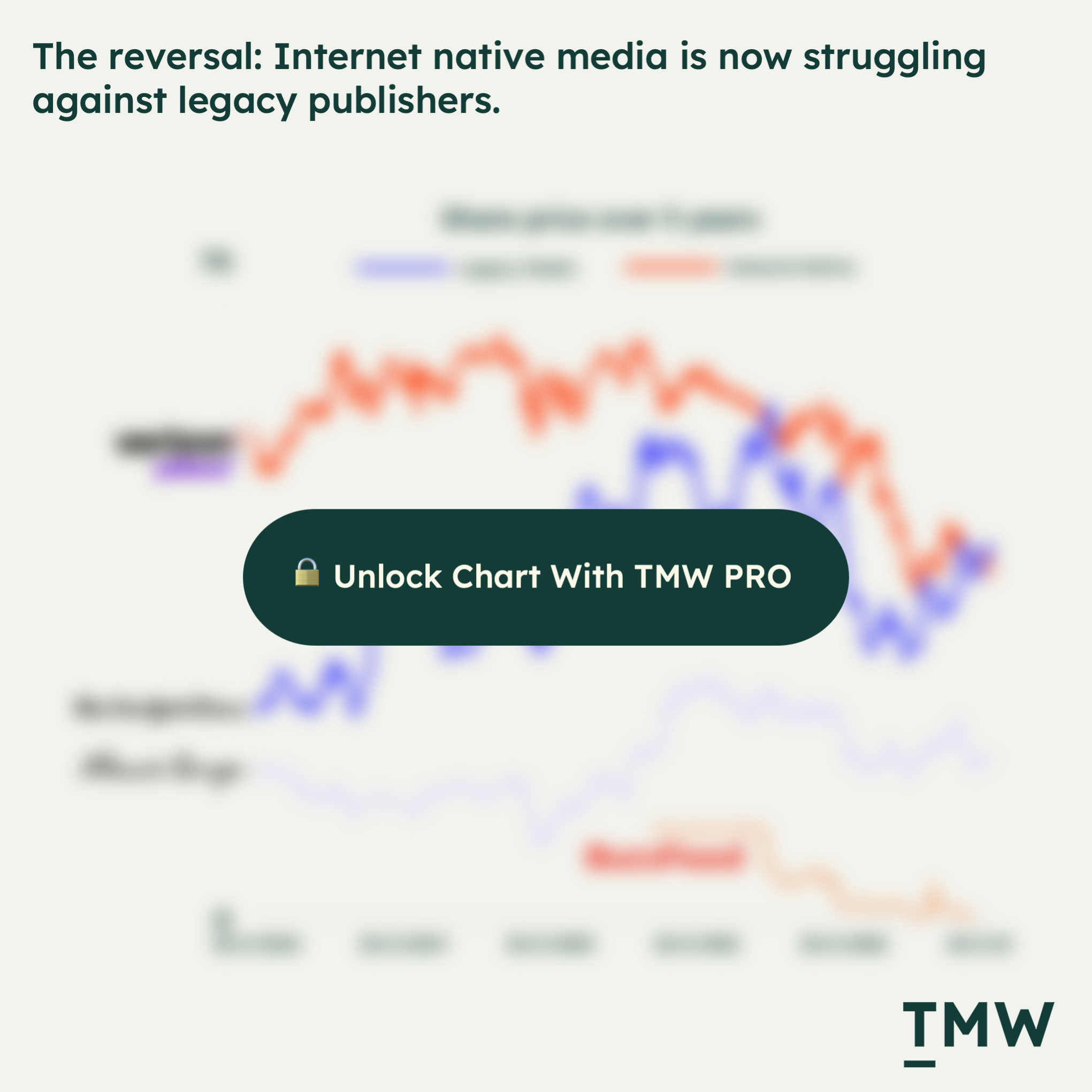
Charlie Warzel thinks this Buzzfeed’s removal of its news department is part of the collapse of internet-native news and the dawn of a new era. But if anything, this new era will increasingly divide the artificial and the algorithmic with the authentic and the artistic. There will be streets and there will be sewers in media, and the gap is widening.
Tucker Carlson, the popular Fox News anchor, was just fired this week inexplicably. He was the figurehead of misinformation and stoking online rage with his evening talk show. Noah Pinion helpfully details a lot of the problems he caused in the broader media landscape and with internet discourse.
Now he’s out of a job and is talking about the utter failure of news media’s ability to focus on the issues that matter to society’s long-term health. In somewhat of an ironic twist of fate, the man who’s amplified online rage more than most is saying that the whole media industry is held captive to sewer content designed to amplify rage and attention. In his first video since his ouster, he had this to say about the news media:
“The other thing you notice when you take a little time off is how unbelievably stupid most of the debates you see on television are. They're completely irrelevant. They mean nothing. In five years, we won't even remember that we had them. Trust me as someone who's participated. And yet at the same time, and this is the amazing thing, the undeniably big topics, the ones that will define our future, get virtually no discussion at all war, civil liberties, emerging science, demographic change, corporate power, natural resources. When was the last time you heard a legitimate debate about any of those issues? It's been a long time.”
Recently my daughter and I have been collating all of her drawings and artworks onto a gallery wall in one of our hallways. And we’re now running out of space. She just keeps creating because of the pure joy it brings her. To call her a content creator is offensive. But to call her an aspiring artist is encouraging. This is what we’re losing with the contentification of everything. A marketer growing a company by focusing on algorithm-pleasing content tactics is no way to build a lasting brand. It only leads to more nonsense.
I hope this essay serves as a call to tap into your imagination. Doing brand-building marketing that has lasting influence and impact is harder than ever as we watch content creators grow their audience and brands quickly through doing stupid stuff like stoking rage and conflict or participating in fruitless culture war discourse.
Not everything can be understood through the narrow view of content creation. And by thinking strictly in these terms when approaching marketing, it will do a disservice to brands and ultimately create nothing of lasting importance or influence. It takes a hundred years for seeds to grow into a forest and only a day to burn it all down. Plant the seed and create something that will last.
Stay Curious,
Make sense of marketing technology.
Sign up now to get TMW delivered to your inbox every Sunday evening plus an invite to the slack community.
Want to share something interesting or be featured in The Martech Weekly? Drop me a line at juan@themartechweekly.com.
